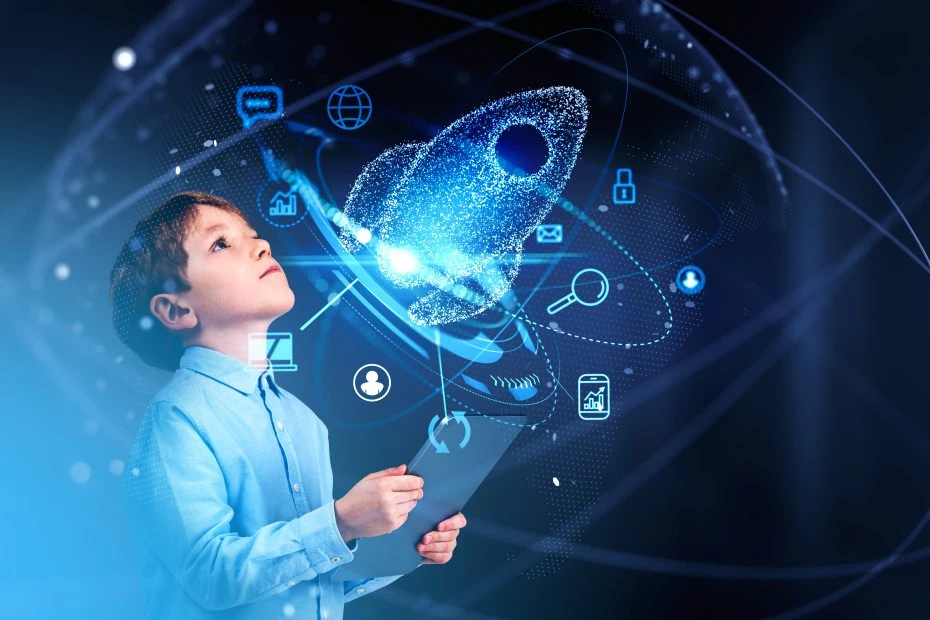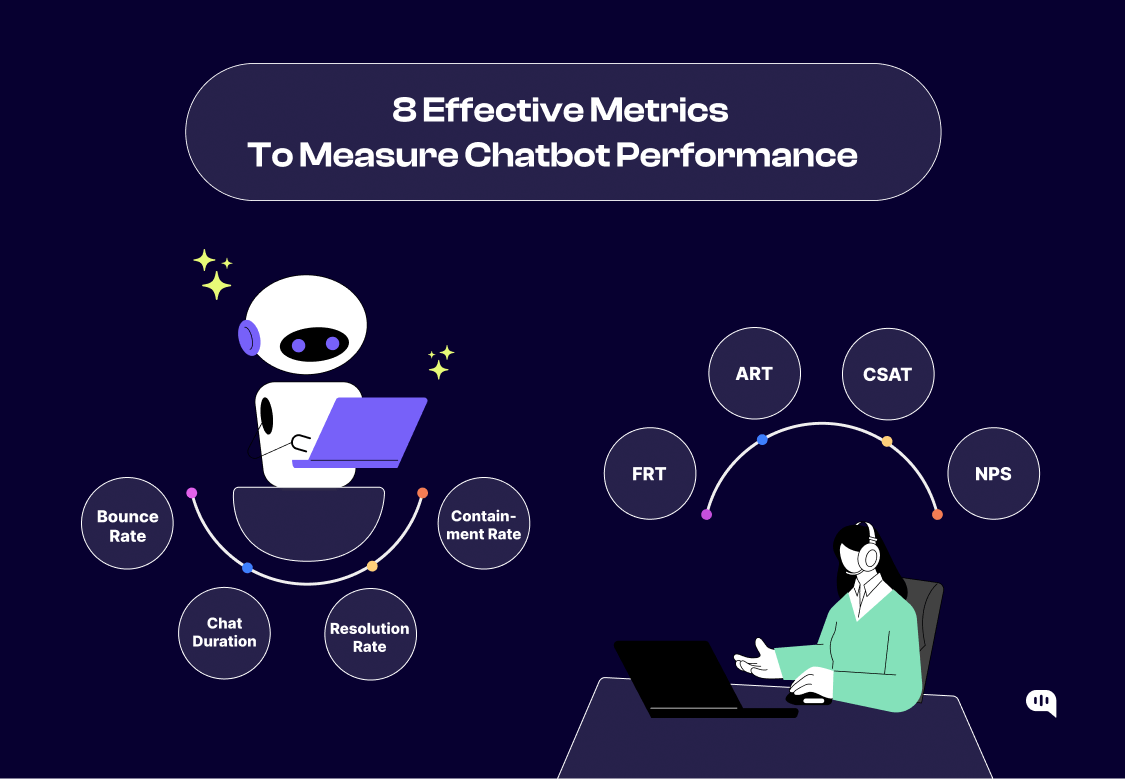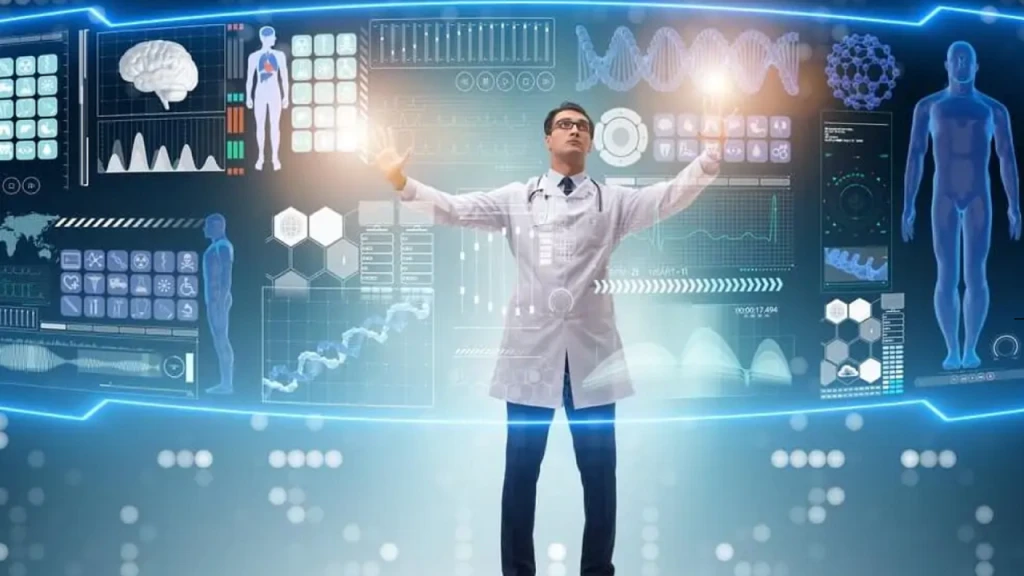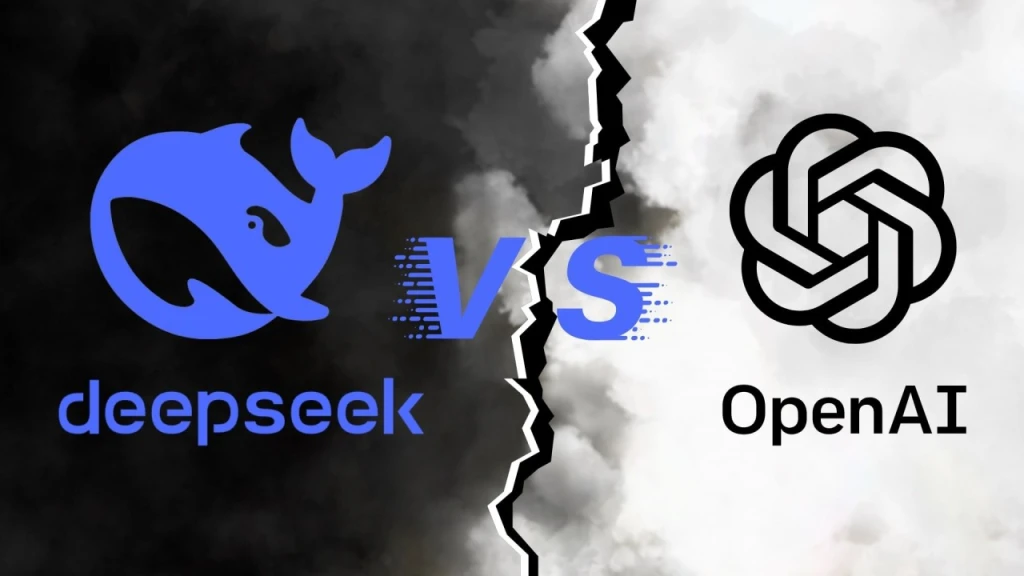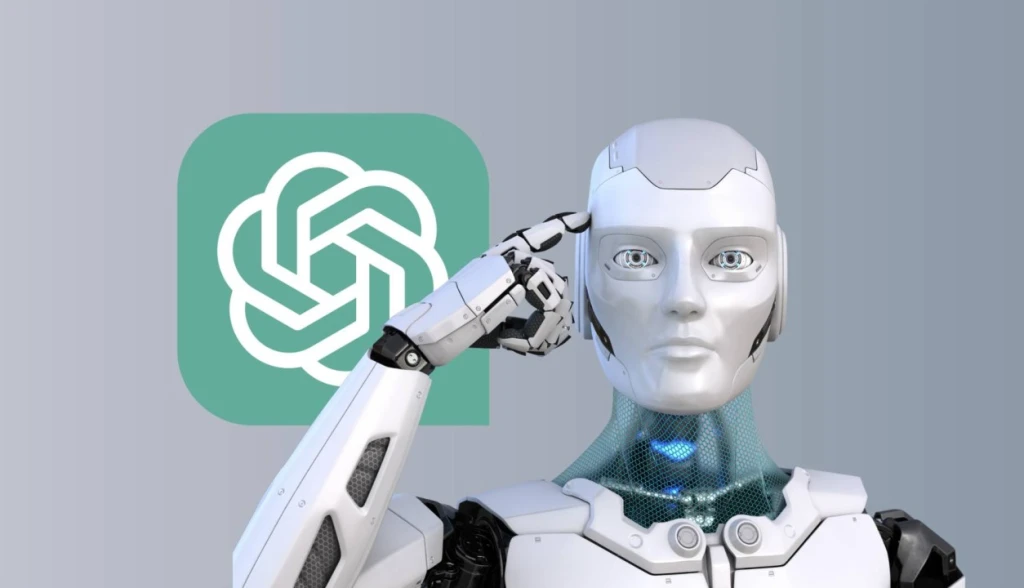Test AI on YOUR Website in 60 Seconds
See how our AI instantly analyzes your website and creates a personalized chatbot - without registration. Just enter your URL and watch it work!
1. Introduction: AI’s Role in Modern Education
But how effective is AI in personalizing education, and what are the challenges it presents? This blog explores how AI-driven learning systems enhance education and what the future holds for AI in the classroom.
2. How AI is Personalizing Learning
1. Adaptive Learning Platforms
AI adjusts learning materials based on student performance and comprehension levels.
Platforms like Khan Academy, Coursera, and Duolingo use AI to recommend tailored exercises and lessons.
Real-time feedback helps students improve understanding and retention.
2. AI-Powered Tutoring and Virtual Assistants
AI chatbots and virtual tutors provide 24/7 assistance, answering student queries instantly.
Personalized AI tutors like Socratic (by Google) and ChatGPT help explain complex concepts in simpler terms.
AI enhances language learning, problem-solving, and exam preparation.
3. Intelligent Content Creation
AI automates the creation of interactive quizzes, study guides, and lesson summaries.
AI-generated video lectures and simulations make learning more engaging.
Text-to-speech and speech-to-text AI assist students with disabilities.
4. AI for Teacher Support and Classroom Efficiency
AI streamlines grading, attendance tracking, and administrative work.
Teachers receive data-driven insights on student performance.
AI recommends individualized teaching strategies to address student needs.
3. The Benefits of AI in Education
1. Self-Paced and Student-Centered Learning
Students learn at their own speed, revisiting topics they find difficult.
AI-driven courses adapt to student progress, preventing knowledge gaps.
AI identifies struggling students early, providing targeted support.
2. Enhanced Accessibility for All Learners
AI-powered tools help students with dyslexia, visual impairments, and learning disabilities.
Real-time language translation removes language barriers in global education.
AI-generated transcripts assist students who struggle with note-taking.
3. Efficient and Data-Driven Teaching
AI provides educators with predictive analytics on student progress.
AI-powered insights help teachers adapt lesson plans to meet student needs.
Automated grading frees up time for more student interaction and mentoring.
4. The Challenges and Risks of AI in Education
1. Data Privacy and Security Concerns
AI collects and analyzes student data, raising concerns about privacy and data security.
Institutions must ensure compliance with data protection laws like GDPR and FERPA.
Ethical AI policies must regulate how student data is stored, used, and shared.
2. The Digital Divide and Accessibility Issues
Not all students have equal access to AI-powered learning tools, creating an education gap.
Schools in low-income regions may lack the infrastructure for AI-driven learning.
Policymakers must address AI accessibility and affordability in education.
3. AI Bias and Ethical Concerns
AI models trained on biased datasets can reinforce inequalities in education.
AI algorithms must be regularly audited to ensure fairness and inclusivity.
Human oversight is necessary to prevent over-reliance on AI for decision-making.
4. The Role of Teachers in an AI-Driven Classroom
AI should complement, not replace, human educators.
Teachers play a crucial role in critical thinking, mentorship, and emotional support.
AI-driven teaching must prioritize collaborative learning, not just automation.
5. The Future of AI in Education
1. AI-Powered Immersive Learning
AI will integrate with virtual reality (VR) and augmented reality (AR) for interactive simulations and hands-on learning.
AI-driven gamification will make education more engaging and effective.
2. AI and Lifelong Learning
AI-driven personalized learning will extend beyond schools to workforce training and professional development.
AI-powered career guidance tools will help students make better academic and career choices.
3. Stronger AI Regulations in Education
Governments and institutions will establish AI ethics policies for education.
AI systems will be designed for transparency, fairness, and accountability.
6. Conclusion: AI as a Catalyst for Educational Transformation
By embracing AI-driven innovations responsibly, educators and policymakers can create a future where technology empowers students and enhances human learning, rather than replacing it.
